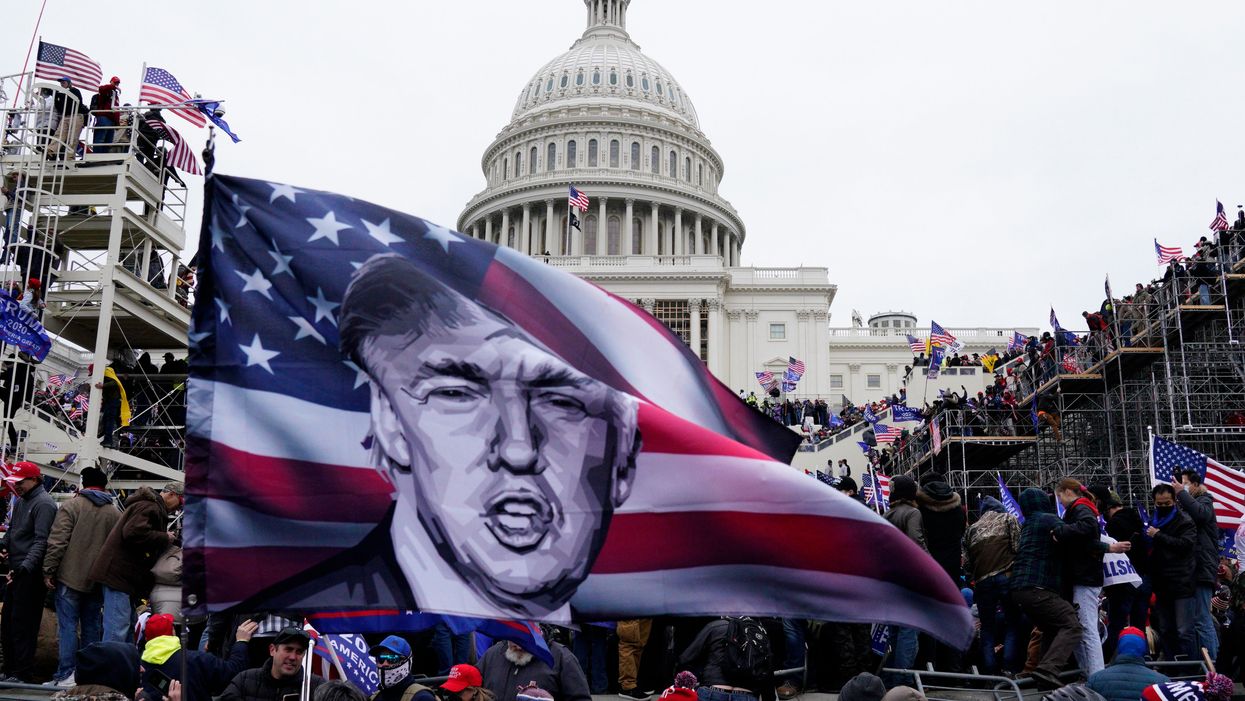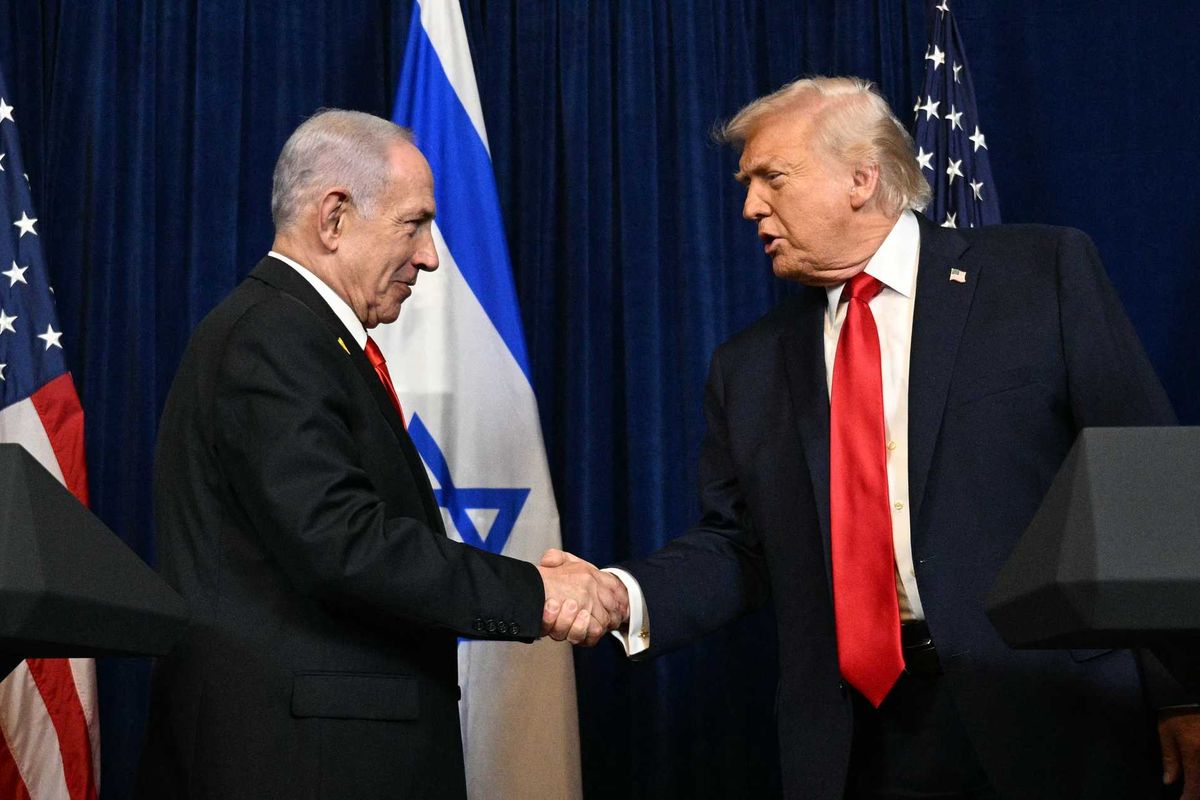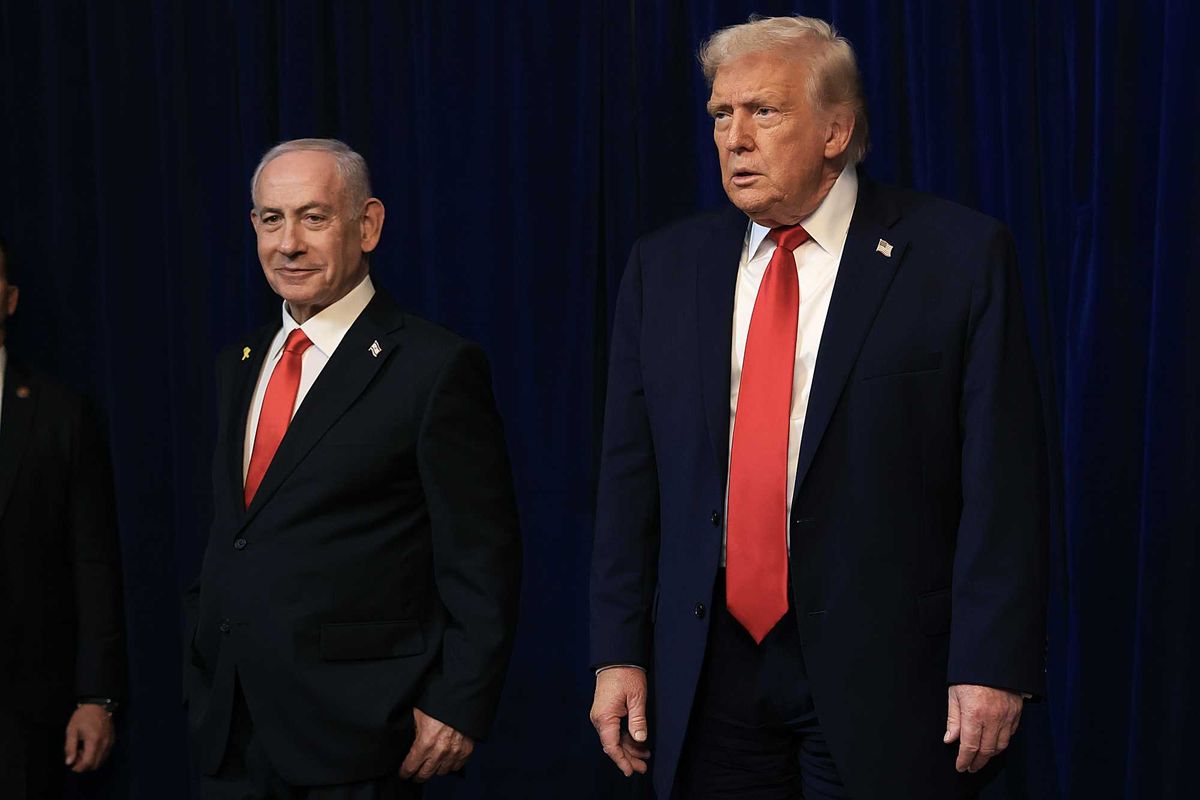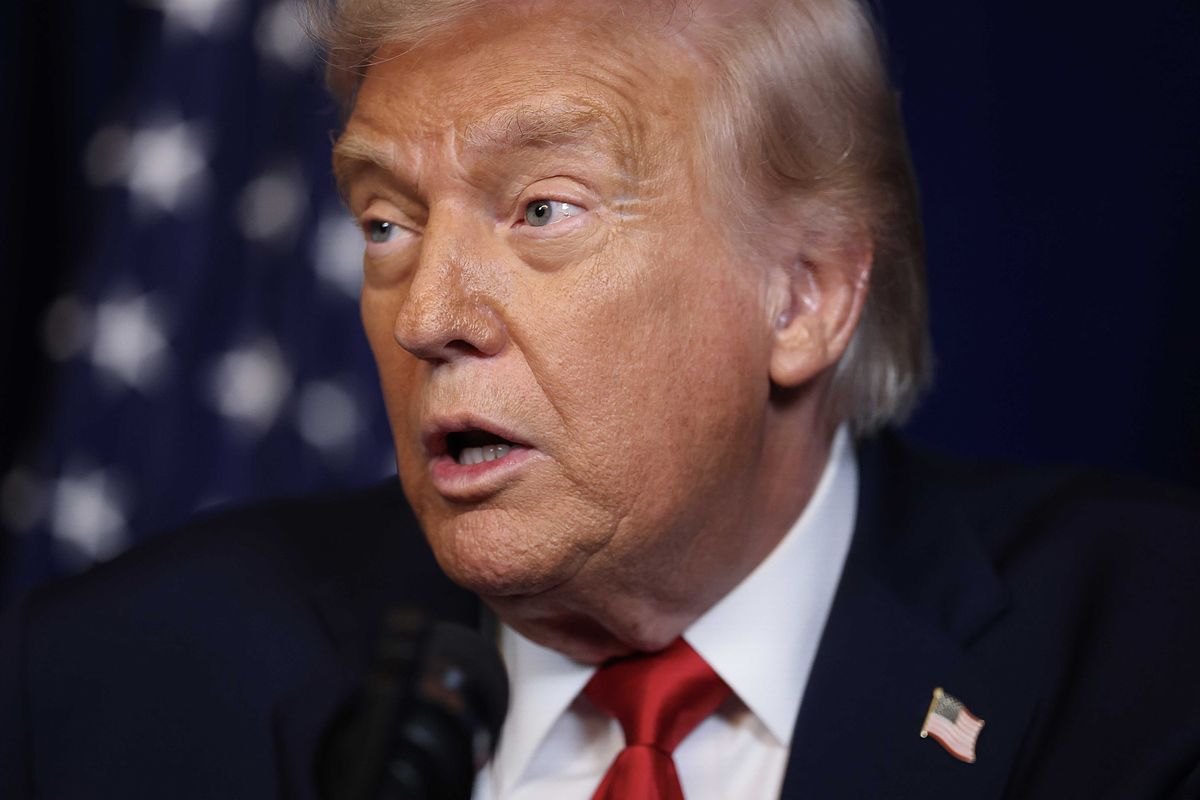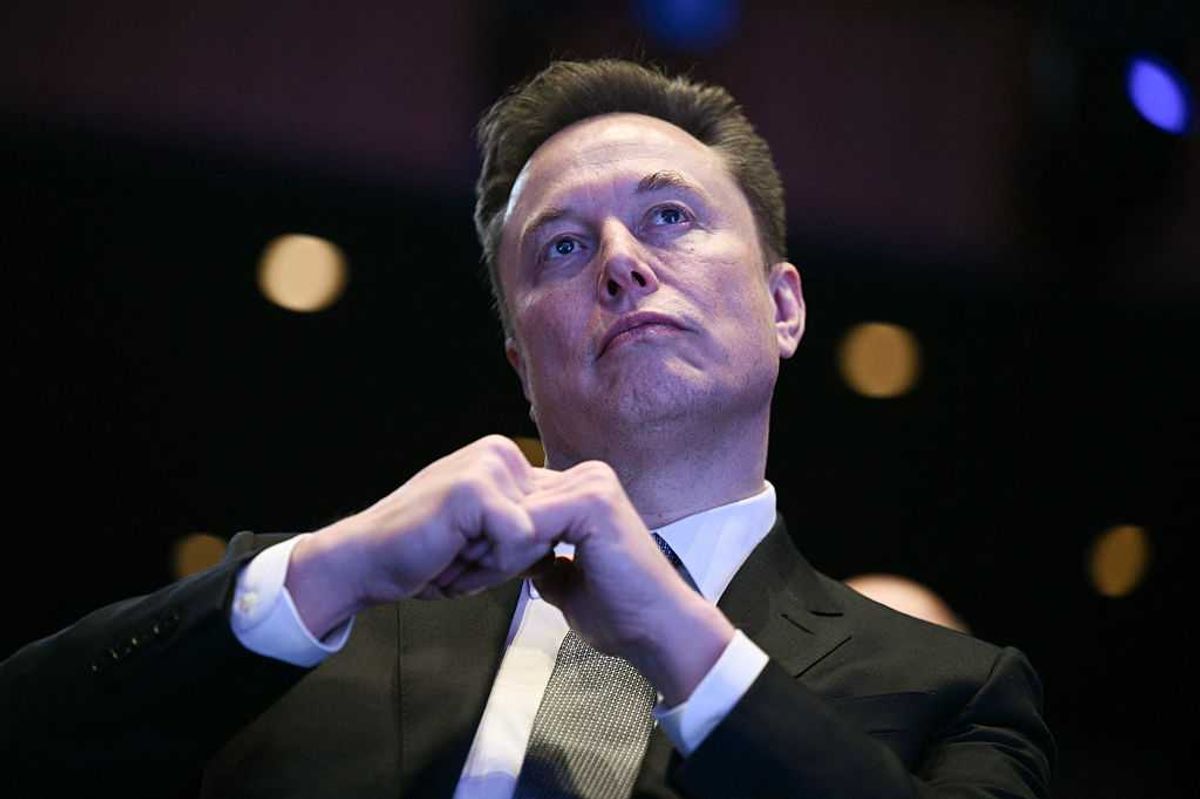News
Daisy Maldonado
Jan 05, 2022
The storming of the U.S. Capitol on January 6, 2021, will go down as one of the darkest days in American history.
While it’s been a year since the horrifying events unfolded, investigations are continuing, and Americans will never forget how close democracy came to end that day.
On January 6, supporters of former President Donald Trump mobbed the government building in an attempt to overthrow Joe Biden’s presidential win.
This led to catastrophic and deadly results as many watched in panic from their television and reading the news.
As we look back to the formidable event that occurred last year, we’ve rounded up everything that led up to it—and what’s happened since.
What events led up to the insurrection?
Thousands of Trump’s supporters gathered in Washington, D.C., on January 5 and 6 to support the unsubstantiated claim that the 2020 election had been stolen by the Democrats in favor of President Joe Biden. During the rally, they demanded that Vice President Mike Pence and Congress reject certifying Biden's victory.
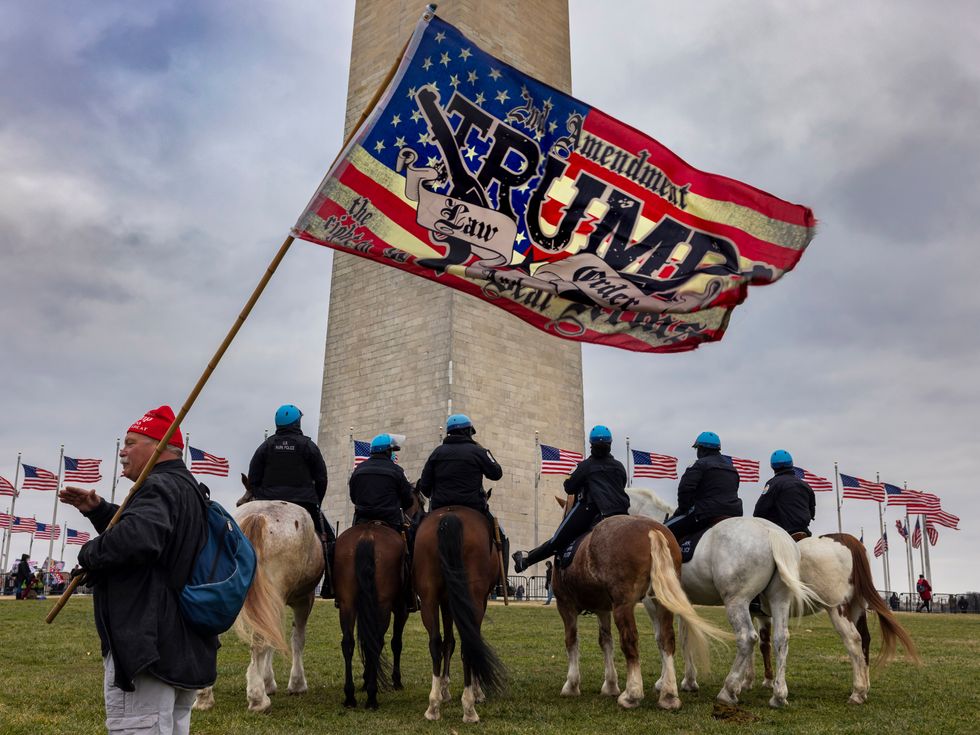
On January 6, during Trump’s "Save America" rally on the Ellipse he is quoted as saying, "If you don't fight like hell, you're not going to have a country any more". Both during and after Trump’s speech, thousands made their way to the U.S capitol where attendees breached police perimeters during the time Congress was beginning the electoral vote count.
What happened on January 6?
More than 800 are believed to have made their way inside the Capitol. Trump’s false allegations about widespread voter fraud erupted into madness with people hoping to overturn his defeat in the presidential election.
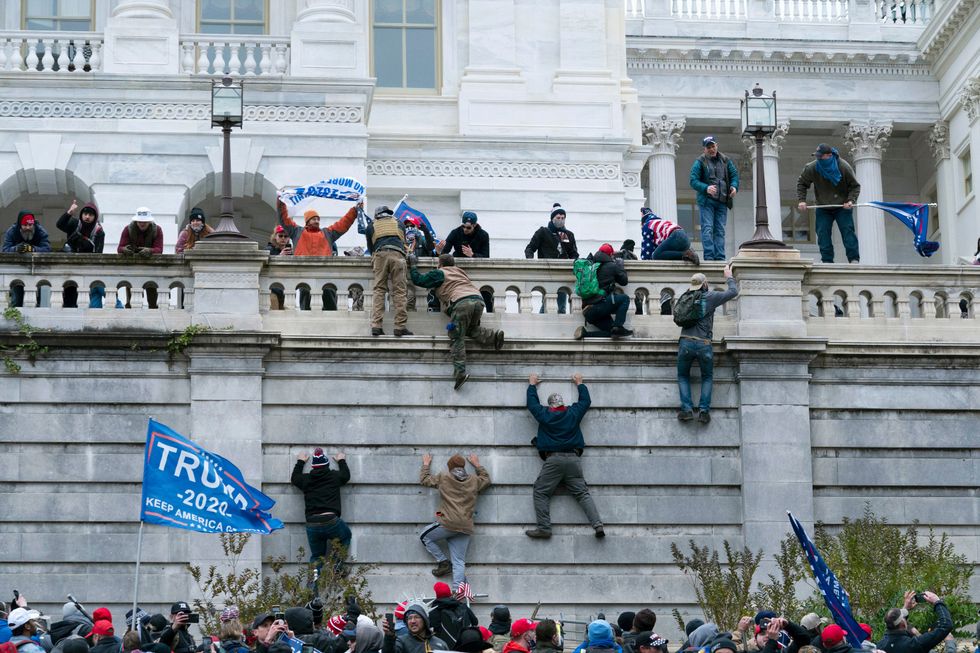
People vandalized the building and shots were fired as the joint session of Congress had begun to count electoral votes that would formalize Biden's victory. The Capitol Complex was quickly locked down and lawmakers and staff were evacuated, with rioters occupying the building for several hours
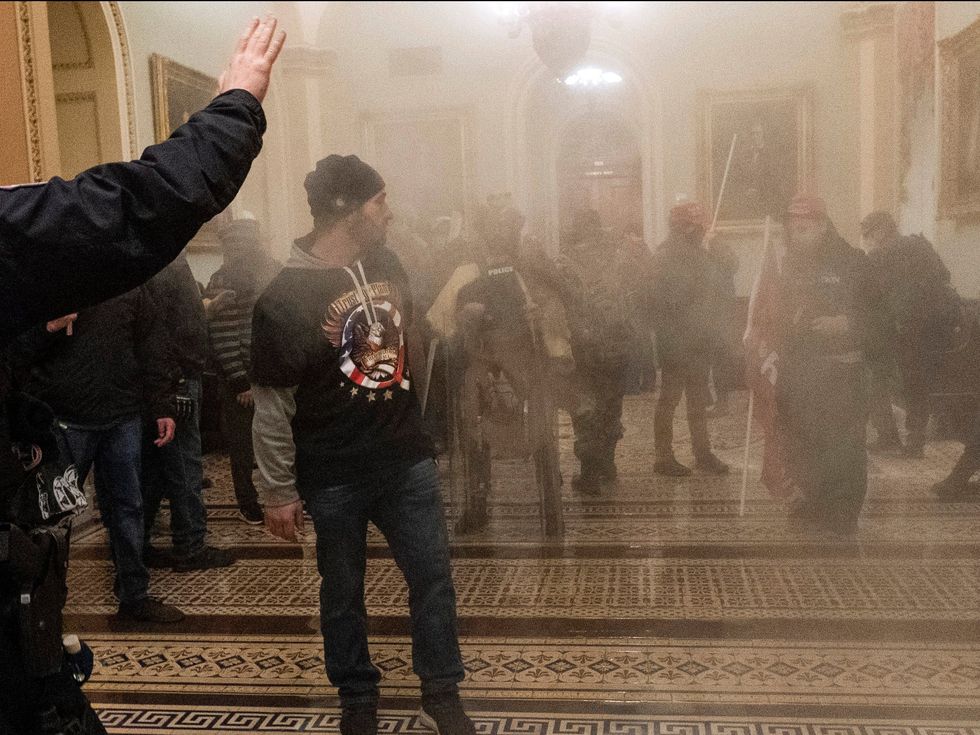
Multiple people who participated in the mob used the cameras on their cell phones to proudly and enthusiastically record themselves at the Capitol and in the offices of various political officials. Speaker Nancy Pelosi’s office was vandalized with some people gaining accessing secure computers, and stealing a laptop.
How did Donald Trump and then-VP Mike Pence respond?
As the violence unfolded, Trump notably resisted sending the National Guard to stop the mob. Later that afternoon, in a Twitter video, he issued a statement to his supporters where he reasserted that the election was "fraudulent", but told his supporters to "go home in peace".
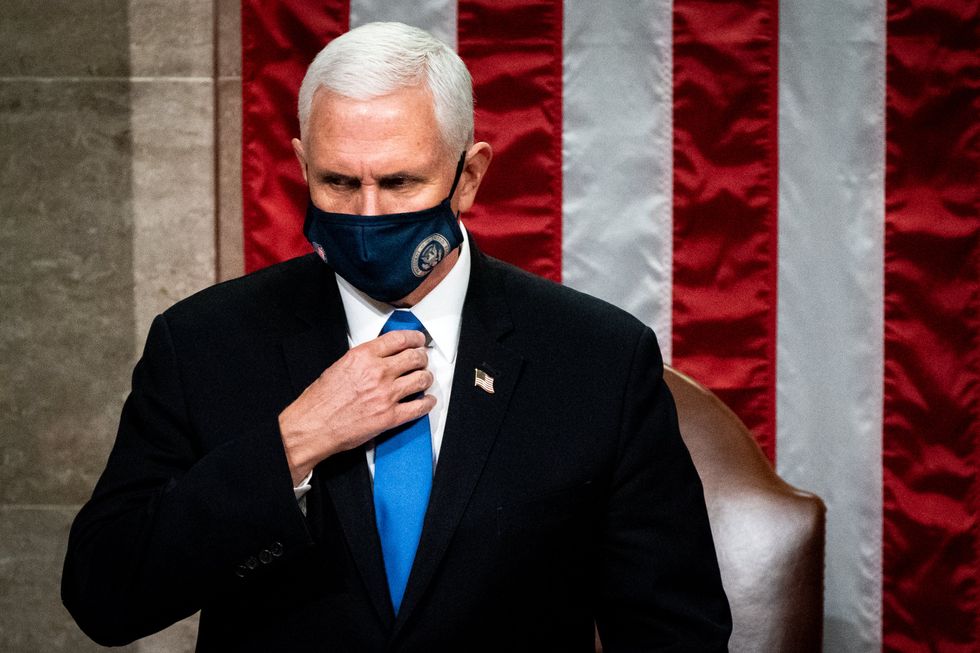
The counting of the electoral votes resumed and was completed on the morning of January 7. Pence declared President-elect Biden and Vice-President-elect Kamala Harris victorious. After many of Trump’s team resigned, ongoing pressure from his administration, and the threat of physical removal, Trump finally publicly committed to a transition of power in a televised statement.
A week after the Capitol riots, the House of Representatives impeached Trump for incitement of insurrection, making him the only U.S. president to have been impeached twice.
How many people died?
The District of Columbia medical examiner released the cause of death for four of the five people who died at the Jan. 6 riot at the U.S. Capitol.
Dr. Francisco Diaz, the district’s chief medical examiner, disclosed that the causes of deaths were as follows:
- Ashli Babbitt, 35, died by homicide from a gunshot to the left shoulder. She was shot by a Capitol police officer while attempting to climb through a door near the House chamber.
- Kevin Greeson, 55, died of natural causes from cardiovascular disease. Greeson owned a Twitter account where he supported former President Donald Trump and profanely denounced his opponents.
- Benjamin Phillips, 50, died of natural causes from cardiovascular disease. He was a computer programmer who founded a social media website for Trump supporters and had organized a trip of several dozen people to the district.
- Roseanne Boyland, 34, died by accident from acute amphetamine intoxication. According to her family, per USA Today, Boyland was known to follow QAnon conspiracies.
- Brian Sicknick, 42, was a police officer who engaged with pro-Trump rioters during the Jan. 6 insurrection. He died of natural causes the day after the attack as announced by Washington, D.C.’s chief medical examiner. During the attack, he was sprayed with a chemical substance and while he did not have an allergic reaction to the irritant dispensed by rioters, he later collapsed at the scene and suffered two strokes.
Four officers who responded to the attack died by suicide within seven months.
Who’s been arrested?
According to a recent in-depth report, 727 people have been arrested and charged with crimes relating to the Capitol riot.
The number keeps growing as the FBI continues to turn to the public to help identify people involved. Only 151 federally charged rioters have entered guilty pleas so far.
Have there been any more Capitol riot investigations?
The House of Representatives voted to create a commission on June 30th.
Donald Trump
As of December 29, 2021, The House is still seeking more than 700 pages of crucial Trump White House records documenting Trump's and top advisers' discussions, phone calls and visits up to and on January 6.
Trump filed a lawsuit to block their release and is asking the Supreme Court to hear his case, after losing at two lower courts.
Steve Bannon
On November 12, 2021, Steve Bannon was charged with contempt of Congress for defying a subpoena from the house group investigating the Capitol violence.
The former political adviser to Donald Trump is charged with one count for failing to appear for a deposition and another for defying an order to hand over documents. US District Judge Carl Nichols on Tuesday set a July 18 start date for the trial of Steve Bannon.
Mark Meadows
Trump’s former White House chief of staff, Mark Meadows, sued the House select committee investigating and House Speaker Nancy Pelosi in early December 2021.
Meadows asked a federal court to block enforcement of the subpoena the committee issued him as well as the subpoena it issued to Verizon for his phone records.
This came after the House made it clear they would be pursuing a criminal contempt referral against Meadows given that he decided to no longer cooperate with the panel.
"The Select Committee is left with no choice but to advance contempt proceedings and recommend that the body in which Mr. Meadows once served refer him for criminal prosecution," committee Chairman Bennie Thompson, a Mississippi Democrat wrote in a letter dated December 7.
Top 100
The Conversation (0)
